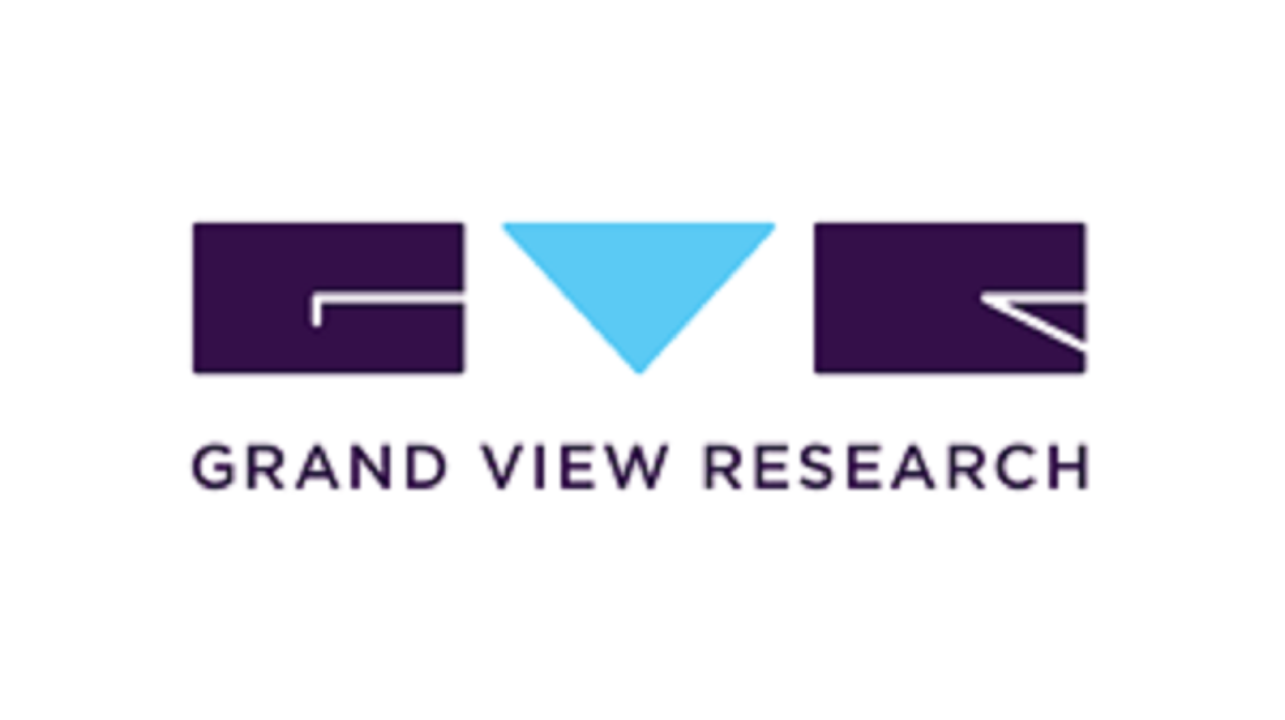The global luxury watch market size was valued at USD 42.21 billion in 2022 and is projected to reach USD 62.25 billion by 2030, growing at a compound annual growth rate (CAGR) of 5.0% from 2023 to 2030. One of the key driving forces behind this growth is the increasing tendency among adults to view luxury watches as a symbol of status and prestige. Wearing high-end timepieces is often seen as a marker of personal success and social recognition, making them aspirational purchases for many consumers.
In support of this trend, leading brands such as Titan, Sonata, and Rolex are consistently launching new and innovative products, which further stimulate market interest and consumer engagement. These product introductions often feature advanced craftsmanship, improved aesthetics, and the latest in watchmaking technology, making them highly attractive to both seasoned collectors and new buyers.
Furthermore, many companies are strategically offering limited edition luxury watches, available in unique designs and equipped with special features. This approach not only boosts revenue by creating exclusivity but also caters to the rising consumer desire for personalization and uniqueness. However, while brands aim to appeal to both wealthy and middle-class consumers, the premium pricing of these luxury items can act as a barrier, limiting their accessibility to a broader segment of the population. This pricing dynamic is considered a restraint on market growth, especially in price-sensitive markets.
Another prominent factor driving growth is the use of rare and precious materials—such as diamonds, sapphires, gold, and rubies—in the design and construction of luxury watches. These elements not only enhance the visual and material appeal of the watches but also significantly elevate their value, attracting affluent buyers who seek exclusivity and craftsmanship.
Key Market Trends & Insights:
• In 2022, the Asia Pacific region emerged as the largest regional market within the global luxury watch industry, contributing more than 49.0% of the total revenue. This dominant position can be attributed to several factors, including a rising number of high-net-worth individuals, growing middle-class populations, and increased consumer awareness about luxury goods in countries such as China, Japan, India, and South Korea. Additionally, cultural appreciation for premium craftsmanship, combined with expanding retail networks and digital marketing efforts by global brands, further strengthened the region’s leadership in the market.
• When analyzed by distribution channel, the online segment is expected to experience the most rapid growth over the forecast period. Specifically, it is projected to expand at the fastest compound annual growth rate (CAGR) of over 5.5% from 2023 to 2030. This growth reflects a broader shift in consumer purchasing behavior, with increasing comfort and confidence in buying high-value items online. The convenience of e-commerce, access to a wide range of products, virtual try-on features, and attractive online promotions are all factors driving the popularity of online sales channels, especially among younger, tech-savvy buyers.
• From a product type perspective, the electronic product segment led the global luxury watch industry in 2022, accounting for the largest share of more than 62.9% of the overall revenue. This segment includes luxury watches that incorporate electronic components or features, such as smartwatches and hybrid models. The dominance of electronic products highlights the growing consumer interest in timepieces that offer not only elegance and brand prestige but also technological functionality, such as fitness tracking, connectivity, and other smart features. This trend is particularly prominent among younger consumers who value a blend of style and digital convenience in their accessories.
Order a free sample PDF of the Luxury Watch Market Intelligence Study, published by Grand View Research.
Market Size & Forecast:
• 2022 Market Size: USD 42.21 billion
• 2030 Projected Market Size: USD 62.25 billion
• CAGR (2023-2030): 5.0%
• Asia Pacific: Largest market in 2022
Key Companies & Market Share Insights:
Key players in the luxury watch industry are actively focusing on new product development as a strategic approach to gain a competitive advantage and strengthen their market position. Innovation in design, materials, and functionality remains a core priority for leading brands aiming to capture consumer interest and stay ahead in a dynamic and evolving market.
For example, in April 2021, the renowned luxury brand Hermès introduced the Hermès H08 New Men’s Watch Collection, showcasing its commitment to both innovation and craftsmanship. This collection features five distinct 39 mm models, each offering a unique take on the brand’s refined aesthetic. Out of these, four models are crafted from titanium, a material known for its strength, lightweight properties, and corrosion resistance, while one standout model is constructed using a graphene-filled composite casing—a high-tech material recognized for its durability and modern appeal.
The H08 collection is notable for its original cushion-shaped design, which draws inspiration from sporty elegance. The timepieces feature a harmonious blend of taut and flowing lines, with softened-edged cases that beautifully frame the circular dials. This design language reflects a modern, versatile look that appeals to both luxury watch enthusiasts and style-conscious consumers seeking a balance between sophistication and everyday wearability.
Key Players
• Apple Inc.
• The Swatch Group Ltd
• Audemars Piguet Holding S.A.
• Fossil Group, Inc.
• Citizen Watch Company of America, Inc.
• Seiko Watch Corporation
• Compagnie Financiere Richemont SA
• LVMH Moet Hennessy -Louis Vuitton
• Movado Group Inc.
• Ralph Lauren Corp.
Explore Horizon Databook – The world's most expansive market intelligence platform developed by Grand View Research.
Conclusion:
The luxury watch market is set for steady, long-term growth. Fueled by the symbolic appeal of prestige, brands continue to launch new product lines and limited editions. The surge in online retail, along with rising interest from both women and younger consumers—especially in emerging economies—is reinforcing market dynamics. Luxury watches are also evolving through the use of precious materials and technological enhancements, though the sector faced setbacks during the pandemic due to reduced consumer spending and disrupted supply chains.


